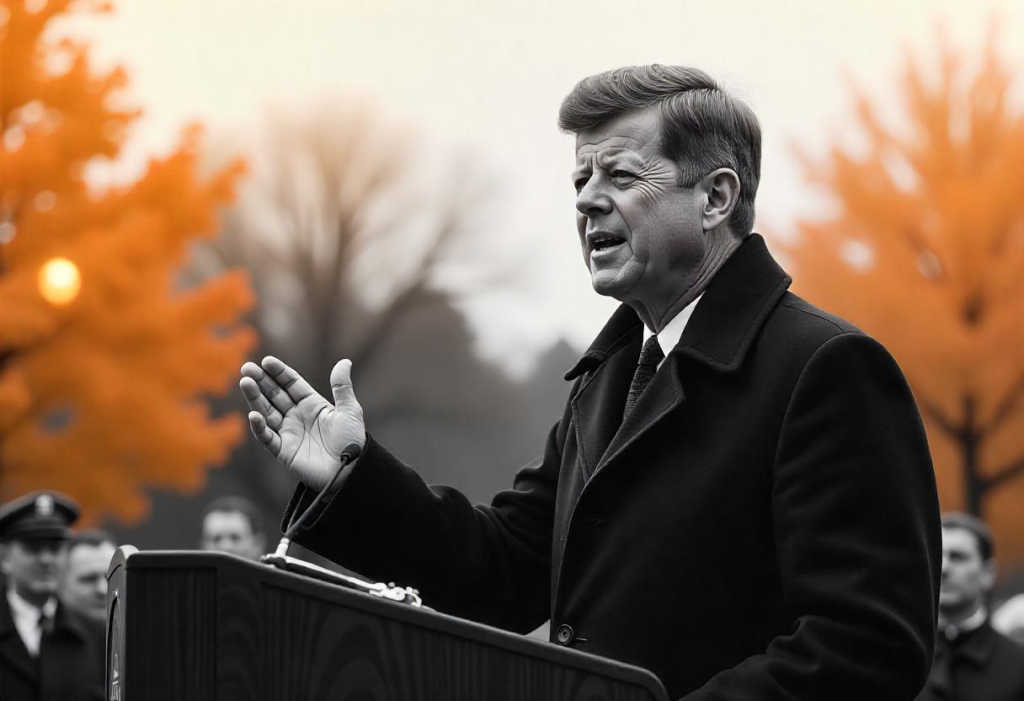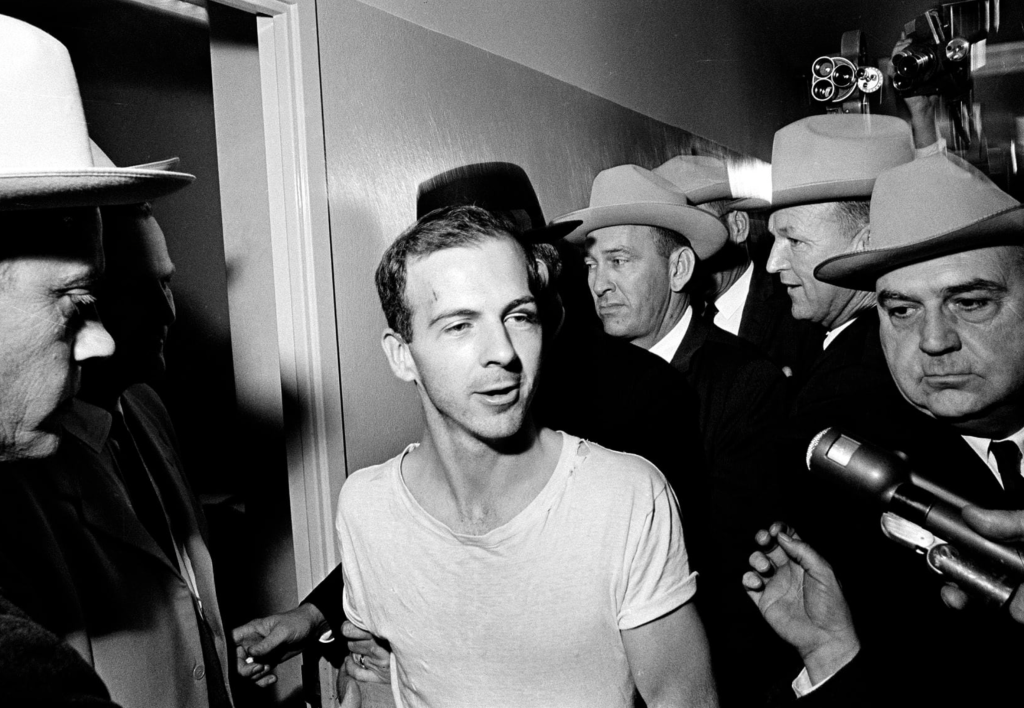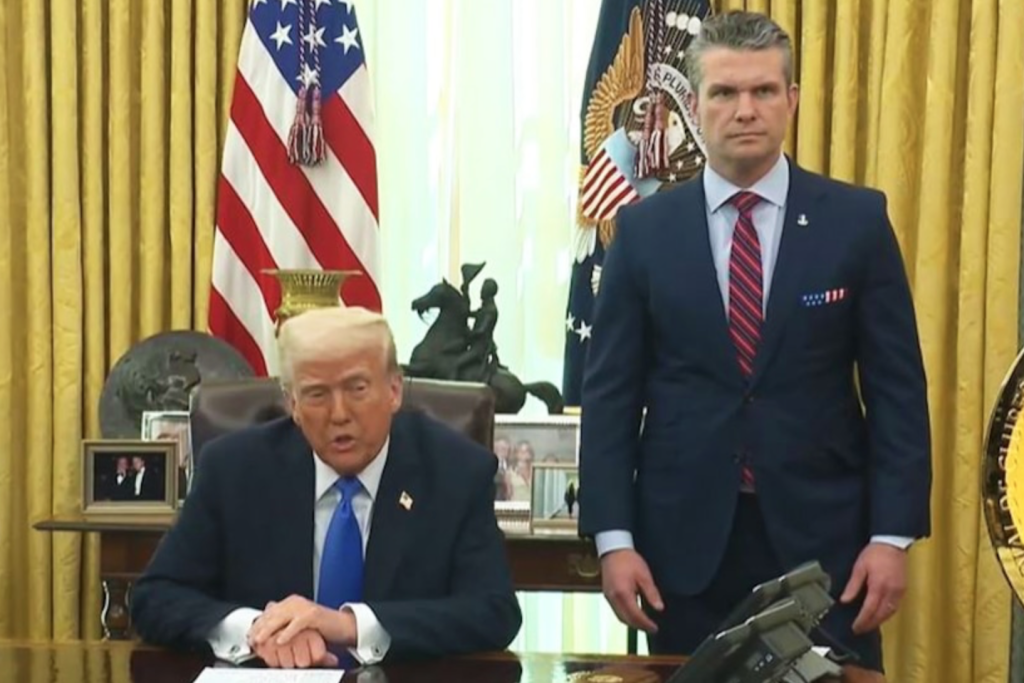
In a move that has reignited public interest in one of America’s most enduring mysteries, the U.S. government has declassified a new batch of documents related to the 1963 assassination of President John F. Kennedy. This latest release comes more than 60 years after the tragic event in Dallas, yet continues to fuel debate among historians, conspiracy theorists, and the American public.
The debate emerged after President Trump ordered the declassification of all remaining JFK assassination files, compelling federal agencies to make public approximately 80,000 previously withheld records from the government’s investigation.
What Was Just Released?
The newly disclosed materials include:
- FBI and CIA memos detailing their investigations
- Secret Service reports from the days surrounding the assassination
- Transcripts of interviews with key figures
- Foreign intelligence communications regarding Lee Harvey Oswald
While much of the information confirms existing historical accounts, some documents contain intriguing new details about the government’s immediate response and early investigative efforts.

JFK: The Man and His Vision
John Fitzgerald Kennedy (1917-1963) represented a new generation of American leadership. As the:
- Youngest elected president (at age 43)
- First Catholic president
- Cold War visionary who stared down nuclear Armageddon
Kennedy championed:
Civil rights advancement (though cautiously at first)
Space exploration (“We choose to go to the Moon”)
Global diplomacy (establishing the Peace Corps)
Nuclear disarmament (following the Cuban Missile Crisis)
His famous inaugural call – “Ask not what your country can do for you…” – captured the optimistic spirit that became known as “Camelot.” This makes his violent death in Dallas on November 22, 1963, particularly tragic – not just a presidential assassination, but the murder of America’s youthful idealism.
The Long Road to Transparency
The document release fulfills the 1992 JFK Records Act, which mandated full disclosure of assassination materials. However, successive administrations delayed complete transparency, citing national security concerns.
Why Does This Matter Now?
- Transparency: These releases fulfill legal requirements from the 1992 JFK Records Act, which mandated full disclosure of all assassination-related documents.
- Historical Clarity: Scholars hope the documents will help separate fact from decades of conspiracy theories.
- Public Interest: The assassination remains a defining moment in American history that continues to captivate new generations.
Key Revelations (And Lingering Questions)
Among the most notable findings:
- Oswald’s Mexico City Trip: Documents shed new light on the assassin’s mysterious visit to the Soviet and Cuban embassies weeks before the shooting.
- Intelligence Failures: Some files suggest agencies may have missed warning signs about Oswald.
- Withheld Information: Portions remain redacted, citing national security concerns – fueling ongoing speculation.

The Enduring Conspiracy Theories
Despite official conclusions that Oswald acted alone, the new documents are unlikely to satisfy those who believe in:
- Government cover-ups
- Second shooter theories
- Possible mafia or CIA involvement
The president signed an executive order to disclose details related to the federal investigation into Jeffrey Epstein, the assassinations of Dr Martin Luther King Jr and Robert F. Kennedy, the September 11 attacks, and other significant events.
The release fulfills a campaign promise by Trump, who emphasized transparency, stating that no redactions would be made. Yet, many who have followed the decades-long saga caution that the files may not resolve lingering conspiracy theories, as they seem to reinforce existing evidence rather than upend it. The National Archives is now hosting these records online, making them accessible for public scrutiny, though the sheer volume means it will take time for a comprehensive understanding to emerge. See Trump Buys a Tesla to Show Support for Elon Musk.
Final Thoughts
In summary, the newly released JFK files provide fresh insights into Oswald’s connections with Cuban intelligence, CIA surveillance operations, and an overlooked FBI warning about threats to his life. While these documents add intriguing new details—including newly cataloged records and previously classified information—they do not fundamentally alter the lone-gunman conclusion. Instead, they offer additional pieces to a historical puzzle that has remained contentious for more than sixty years.




